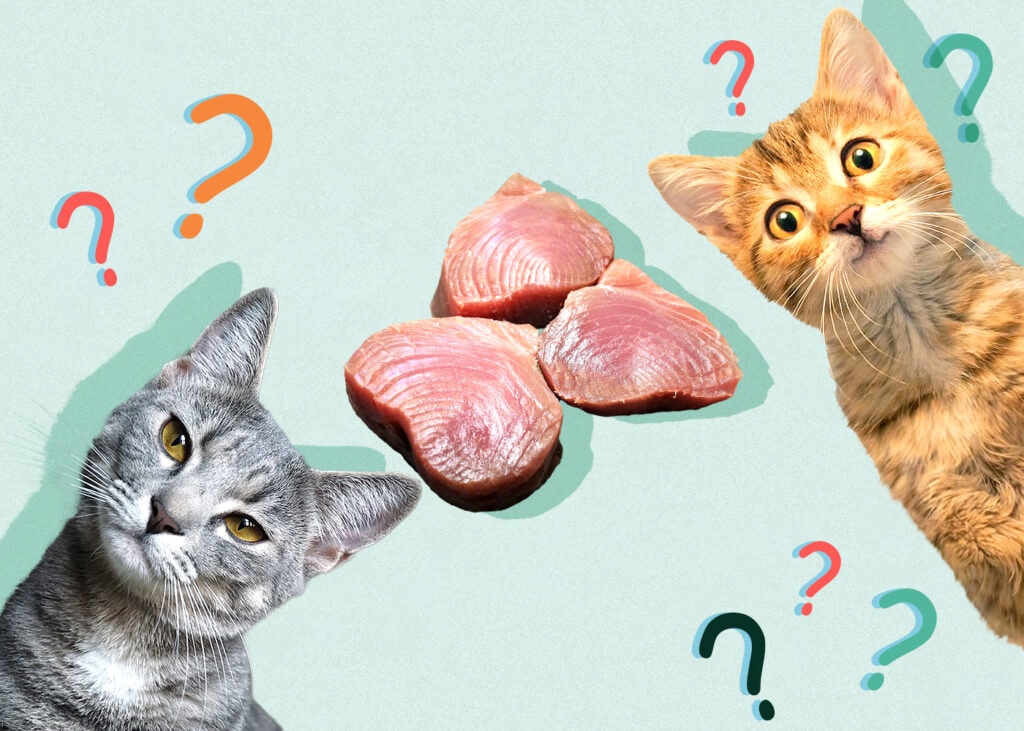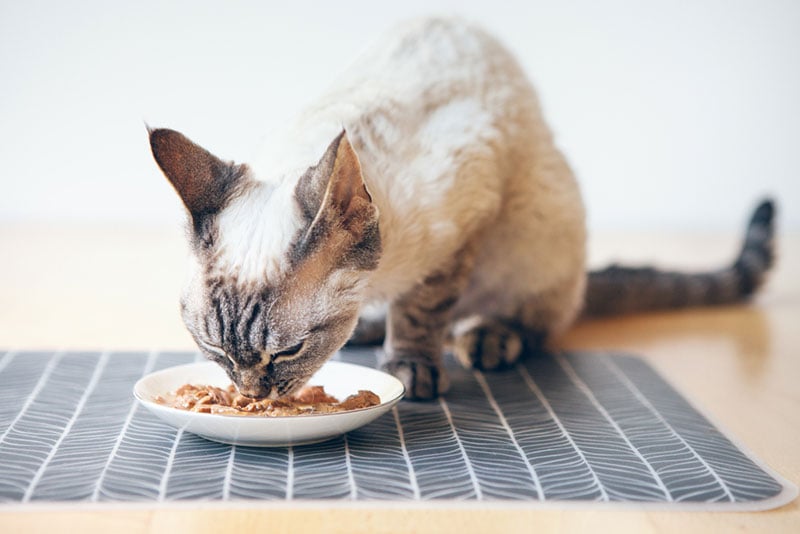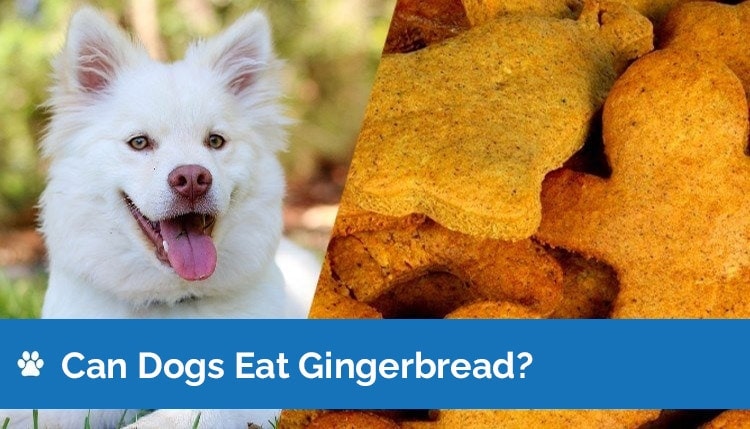Can Cats Eat Tuna? Vet-Reviewed Health & Safety Guide

Updated on

Cats will go nuts when you open a can of tuna. It’s hard to deny their cute, begging faces. But many pet parents find themselves wondering if the occasional tuna treat will leave their kitties ill or harm them in the long run. The good news is that tuna is safe for cats to eat. However, it doesn’t provide adequate nutrition and should not be fed as a cat’s primary food source.
Cat Nutrition 101
Cats are obligate carnivores, also known as hypercarnivores. That means they are scientifically designed to break down the nutrients from animal proteins and nothing else. While plants are not inherently harmful to cats to eat, they don’t provide adequate nutrition for them since their stomachs aren’t designed to break down the nutrients in plants.
Commercial cat nutrition formulas were previously based on dog nutrition formulas. Even when they were virtually identical formulas relabelled with “Cat!” However, while most people think dogs are carnivores, scientific observation shows omnivores.
Dogs can sustain themselves on a diet of animal proteins and plant material, much like humans. However, cats cannot. Cats fed a vegetarian or vegan diet will become malnourished as their bodies will not have the nutrients needed to sustain themselves.
What’s In Your Cat’s Food?
Cats need a protein content of around 70% to flourish. In their food, this equates to a protein content of at least 30% overall, but the higher the protein content, the better. The first ingredient of any cat food should be real meat. This is especially true of dry kibbles. If the first ingredient isn’t real meat, the food probably isn’t good for cats.
Pet parents will also want to avoid meat byproducts as their first ingredient. Meat byproducts are traditionally low-quality and provide less protein than high-quality natural meats when dehydrated and added to kibble.
Cat parents will want to look for grain-free food. While grains aren’t inherently harmful to dogs, they act as a filler ingredient for cats and provide little to no nutritional benefit. Calories from grains are almost entirely empty calories for cats. The high concentration of carbohydrates in their diets will make them gain weight rapidly if they’re consuming too many filler ingredients regularly.

Raw or Cooked?
The debate between raw and cooked foods for cats and dogs has raged for some time, and there are vocal supporters and opponents on each side. Ultimately, the choice for feeding your cats raw or cooked food lies with you. Both nutritional profiles have good overall health outcomes for the animals and have different positives and negatives.
One important key is that if you, someone in your household—animals included—are pregnant or nursing, it’s essential only to feed your animal’s cooked food. Raw food has a higher incidence of pathogen contamination, such as in the case of the protozoan causing toxoplasmosis and could endanger the health of any unborn creatures in your household.
The 411 on Tuna
Tinned tuna isn’t innately harmful to cats, but tinned tuna should not compromise most of their diet. While tuna is a whole animal protein and has a low carbohydrate content, it doesn’t have all the nutrients necessary for cats to thrive by themselves.
Tuna is a fantastic source of protein for cats; Tuna also contains high concentrations of omega-3 fatty acids that are good for the health of cats and humans alike. It’s very healthy to feed your cat in moderation.
However, too much tuna can lead to malnutrition or mercury poisoning. Cats need more vitamins and minerals than a diet of just tuna can provide.
Tinned tuna may also contain additional sodium, which can be very dangerous for cats in high amounts. If you want to feed your cat tuna, ensure that the tuna you’ve selected has no added sodium.

Risks of Feeding Your Cat Tuna
There are many risks associated with feeding your cat tuna. Aside from malnutrition, some cats will begin to turn their nose up at their everyday foods in favor of tuna. Cats can be incredibly tenacious when it comes to refusing food and looking at you resentfully until you feed them what they want. Some cats will go days without eating in these wars of attrition and scare the daylights out of their owners.
Additionally, feeding your cat high quantities of tuna can lead to mercury poisoning. This is rare and requires a lot of tuna to achieve, but it is possible. You want to make sure you’re not feeding them primarily tuna, or they could get sick.
How to Safely Feed Your Cat Tuna
The key to safely feeding your cat tuna in moderation. You’ll want 90% of their calories from a source other than tuna, with just 10% of their diet being tuna. This ensures that they’re being fed a properly balanced diet while still getting a tasty treat now and then.
One safe way to introduce some tuna to your cat’s diet is to use it as a garnish for their regular food. Putting the tuna on top of your cat’s kibble can help make the kibble more appealing and stimulate their appetite so that they eat their kibble.
Another way is to allow your cats to have some canned tuna once or a few times a month. This method helps avoid overfeeding of tuna and helps keep the cats from becoming picky eaters that prefer to eat tuna over their primary food sources.
You can also buy cat food with tuna or other fish as their first ingredients. That way, you can rest assured that your cat’s nutritional needs are being met while still giving them all the palatability that tuna provides.

Conclusion
Cats may go nuts when you open a can of tuna, but that doesn’t mean that we should feed them everything they beg for. Canned tuna can be a fantastic healthy treat and a great source of proteins for cats, but it shouldn’t become more than just a treat. Cats need more in their nutritional profile than just tuna and may become ill if they don’t get these dietary needs.
See also:
Featured Image Credit: Bildagentur Zoonar GmbH,Shutterstock












